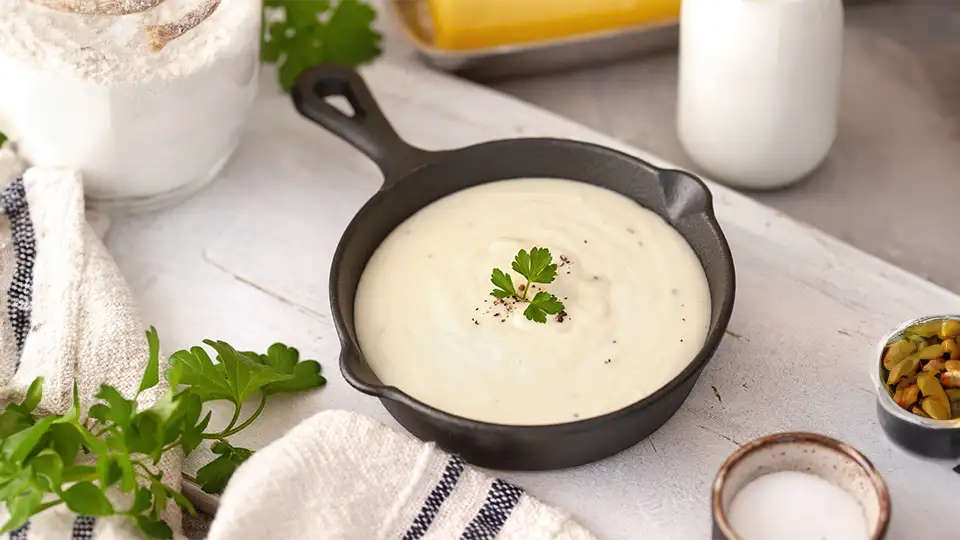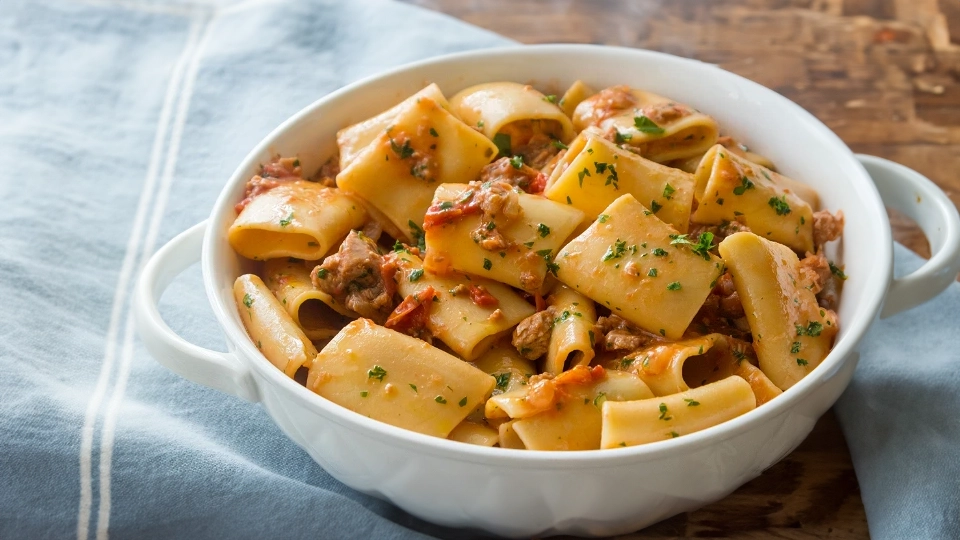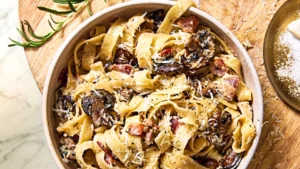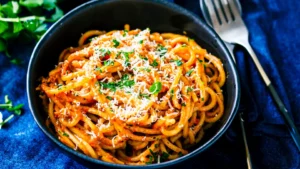When it comes to Italian cuisine, there’s an elegance in its simplicity that seems to transport you to a Tuscan kitchen, rich aromas wafting through the air as a labor of love gently simmers on the stove. One such cornerstone of Italian cooking, the béchamel sauce, isn’t just a mere component; it’s the silky thread that weaves through lasagna, gratins, and croquettes, elevating the commonplace into a dish of extraordinary depth and flavor. Today, I invite you to explore the magic of this creamy white sauce, providing insights and techniques that will empower you to master it in your own home.

In this comprehensive guide, I’ll walk you through the steps involved in creating a sumptuous béchamel sauce, offer tips for customizing it to your preferences, and discuss proper storage techniques. This isn’t just a recipe to follow — it’s a detailed look at the nuances of one of the culinary world’s foundational sauces, transformed into an easy-to-follow art form for your culinary repertoire.
Béchamel Sauce
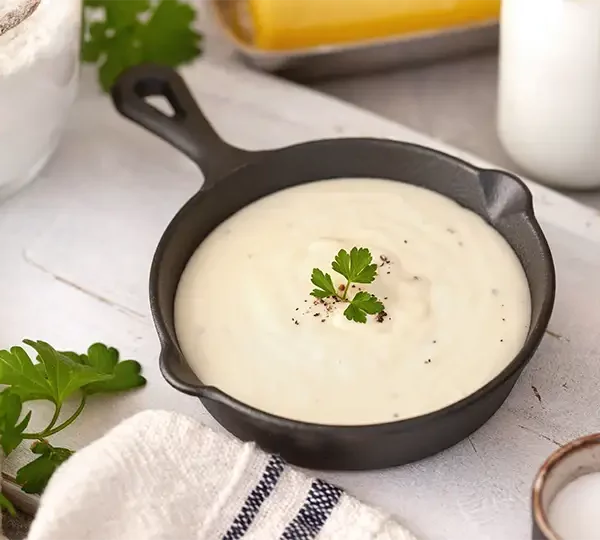
Ingredients
- 4 tablespoons of unsalted butter
- 4 tablespoons of all-purpose flour
- 2 cups of whole milk, warmed
- 1/2 teaspoon of salt
- A pinch of freshly grated nutmeg (optional but highly recommended for depth of flavor)
Instructions
- Start by melting the butter in a saucepan over medium heat. Once it’s fully melted, add the flour and whisk continuously for about 1-2 minutes, until the mixture reaches a smooth consistency and becomes pale golden in color.
- Reduce the heat to low and slowly pour in the warm milk while whisking. Adding the milk gradually is crucial to avoid lumps. Continue whisking until the mixture thickens and becomes creamy, about 10 minutes.
- Season with salt and nutmeg. Taste and adjust the seasonings as needed.

DID YOU MAKE THIS RECIPE?
Tag @amcookingitaliano on Instagram and hashtag it #amcookingitaliano!
Tips for Customization
Making a béchamel can feel like a personal painting; you are both the chef and the artist. Here are a few ways to personalize your creation:
- Consistency is Key: For a thinner sauce, add more milk. If you prefer it thicker, reduce the amount of milk slightly.
- Adding Flavor: A traditional French béchamel is a simple mix of milk, flour, and butter, but you can infuse additional flavors by adding a bay leaf, a clove-studded onion, or a sprig of parsley to your milk as it warms. Just remember to strain these before adding the milk to your flour and butter mixture.
- Nutty Nudge: Browning your butter can lend a nuttier flavor to the béchamel. Just be careful not to burn it!
- Cheese Please: A béchamel can easily transition into a mornay sauce with the addition of gruyère, parmesan, or cheddar — perfect for that classic mac and cheese.
- Veggie Variations: To make a tasty cauliflower or broccoli cheese, simply cook your chosen vegetable until just tender, lay them in an ovenproof dish, cover with your cheese sauce, sprinkle with a little extra cheese, and bake until golden on top. Delicious!
How to Store
If you find yourself with leftover béchamel sauce, don’t fret. Simply cool it completely, transfer to an airtight container, and refrigerate for up to three days. You can also freeze béchamel for up to three months. Be sure to thaw it in the refrigerator before gently reheating in a pan, whisking in a little milk if it needs thinning out.
Conclusion
The béchamel sauce is a testament to the finesse found in Italian cooking. By mastering it, you not only unlock the potential to create a myriad of comforting dishes, but you also become part of a culinary tradition that spans generations. The versatility of this simple sauce is as profound as it is renowned, and I hope this guide has demystified the process, inspiring you to craft your own velvety masterpiece in the comfort of your kitchen.

Armed with the foundational knowledge presented here, you now possess the tools to create a béchamel that is uniquely yours. Whether it’s a classic lasagna, a creamy mac and cheese, or a vegetable gratin, the silky, delectable essence of your béchamel will distinguish your creations and delight the palates of those fortunate enough to savor your dishes.
FAQs
What is the origin of béchamel sauce?
Béchamel sauce, also known as white sauce, has its roots in classic French cuisine. It is believed to have been invented by the chef Louis de Béchameil, who served as the steward to King Louis XIV. The sauce was first mentioned in his work Le Cuisinier François in 1651.
What are the common uses for béchamel sauce?
Béchamel sauce is incredibly versatile and is used as a base or topping for a wide variety of dishes, including lasagna, pasta bakes, mac and cheese, moussaka, and croquettes. It also serves as the base for other sauces, such as the mornay sauce.
If my béchamel sauce has lumps, can I still use it?
Lumps are often the result of not whisking enough or not adding the milk gradually. If your béchamel has lumps, don’t despair. Simply pass it through a fine-mesh sieve and you’ll be left with a beautifully smooth sauce that is still usable.

